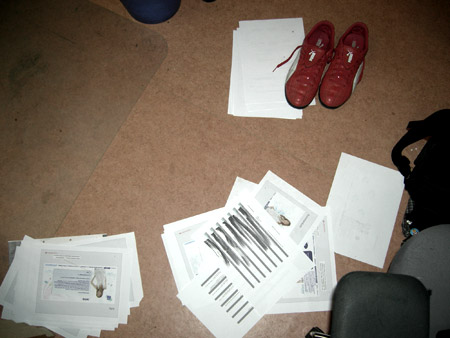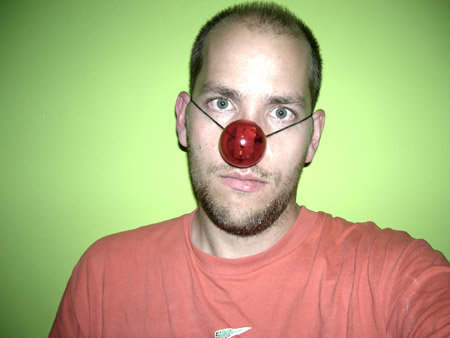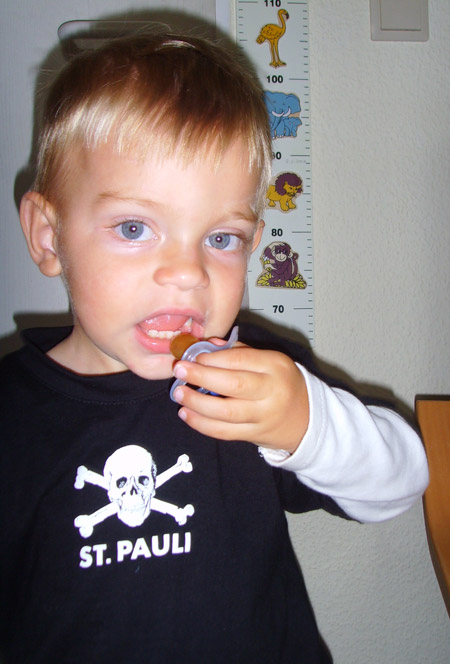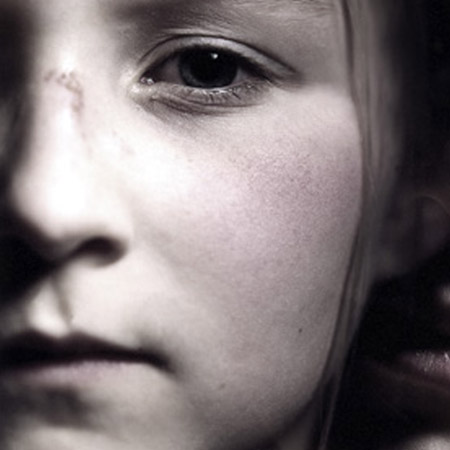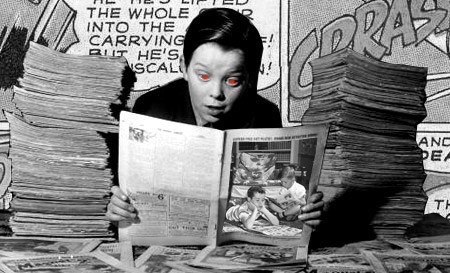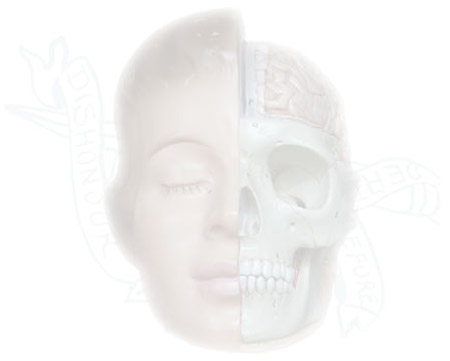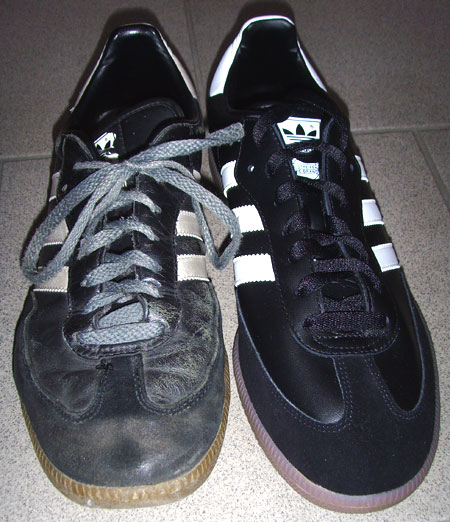Genius Envy: David Welsh On Daria
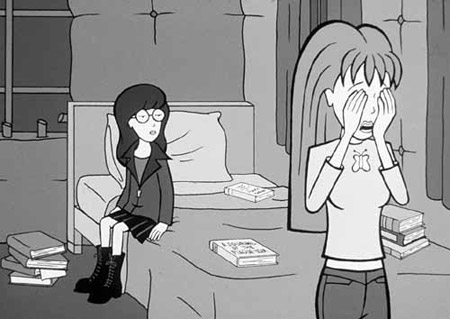
“Minx is essentially real stories about real girls in the real world.”
Karen Berger, Senior Vice President of DC Comics
So a publisher not known for its dedication to its young female audience decides to make a conscientious effort to reach that audience in an intelligent way. It´s a welcome initiative, and I hope it succeeds (even though I hate the name and wish they´d found more women creators for their inaugural offerings).
It reminds me of what I think of as MTV´s last stab at intelligent programming that didn´t pander to or demean its audience as it tried to entice them. Daria, an animated spin-off of Beavis and Butthead, ended up being kind of miraculous for its ambition and intelligence, but most of all for its message that conformity is pernicious and that shallow, acquisitive value systems produce depressing automatons.
Now, those of you familiar with the current face of MTV might be staring at that last paragraph and thinking, “That can´t be right. Pernicious conformity and shallow values are in MTV´s mission statement, aren´t they?” I´m not going to argue with you about that, but take my word for it that Daria was MTV´s last stab at healthy cynicism before the avalanche of airheads began.
The series, which ran from 1997 to 2002, focused on the home and school life of its titular heroine, Daria Morgendorffer, who had escaped the orbit of Beavis and Butthead for the excessively manicured, significantly greener pastures of Lawndale, America. On her first day at Lawndale High, she´s assigned to a special class for students with that worst of turn-of-the-century afflictions, low self-esteem. She dryly insists that the results of her personality test were in order and that her self-image is just fine: “I have low esteem for everyone else.”
And how could she not? Her parents are overachieving stress junkies. Her younger sister, Quinn, ironically embodies every quality MTV now embraces, right down to the belly shirt. Her classmates, with few exceptions, are idiots, at least the ones who suck up most of the oxygen. Her teachers represent a range of dysfunction not usually seen outside of a therapy group. But time in the self-esteem ghetto does present a bright spot: an introduction to artistically Jane Lane, Daria´s spiritual sister in cynicism and, against all Daria´s expectations, new best friend.
What followed were several seasons of Daria waging a largely successful battle for her right not to engage – to be a conscientious objector in the popularity wars that drive so much of adolescent fiction. And while such figures aren´t uncommon, they´re generally swiftly positioned as an alternative to conventional social acceptance – counterculture figures who develop as much of a peer following as the head cheerleader or quarterback. Not so with Daria, who maintained her stubbornly dour mien through brushes with dating, family togetherness, enforced extracurricular activities, and even death.
The void was almost a special guest star in the concluding episode of the first season, where all of the show´s elements cohered perfectly. In “The Misery Chick” a former football star, morally loathsome as he is athletically impressive, returns to be honored by Lawndale High but dies in a freak accident. The Lawndale regulars, teachers and students alike, are thrown into a tailspin by the unpleasant reminder of mortality (and their ambivalent feelings for the deceased) and turn to Daria for advice and comfort. As dimwitted but surprisingly decent cheerleader Brittany puts it, “I mean, you’re used to being all gloomy and depressed and thinking about bad stuff… So I thought that maybe you can give me some tips.” Even generally unflappable Jane is unmoored by the death, resulting in a brief falling out with Daria which only serves to solidify their friendship in the end.
Not every episode was quite this magnificent in theme and construction, but lots and lots of them came awfully close, especially as the series matured. Unlike most animated series, the characters aged, with Daria progressing from the beginning of her sophomore year to graduation in the series-concluding movie, Is It College Yet? Daria loosens up enough to enter into her first serious dating relationship. Her parents become progressively more functional with their daughters and each other. Even Quinn, whose primary interests ran to dating and her vice presidency of the deeply Machiavellian Fashion Club, inched towards maturity, taking her studies more seriously and attempting to forge some kind of sisterly relationship with Daria (instead of pretending that she was a foreign exchange student who had taken up unwelcome residence with the Morgendorffers).
For the most part, Daria was a real girl in the real world. That she survived as long as she did on MTV is something of a miracle, and that the creators were allowed to see the series through to closure is certainly to MTV´s credit. Unfortunately, very little of the series is available for purchase, and no network is currently airing reruns. (The N, home of Degrassi: The Next Generation, did so for a while and even threw in the occasional marathon, though they edited some of the episodes for content and length.) The two movies the series generated, Is It Fall Yet and the aforementioned series conclusion, are both well worth watching, though no substitute for watching the series unfold over the seasons.
Though there´s little to be found of Daria in commercially available venues, at least we have YouTube:
» The Best Of Daria Pt1
» The Best Of Daria Pt2
Author Info ::
David Welsh blogs regularly at his own blog
Precocious Curmudgeon. He writes
Flipped, a weekly column for
Comic World News and his articles have appeared in
Print Magazine and other places; he is also reported to be nice as well as handsome.




